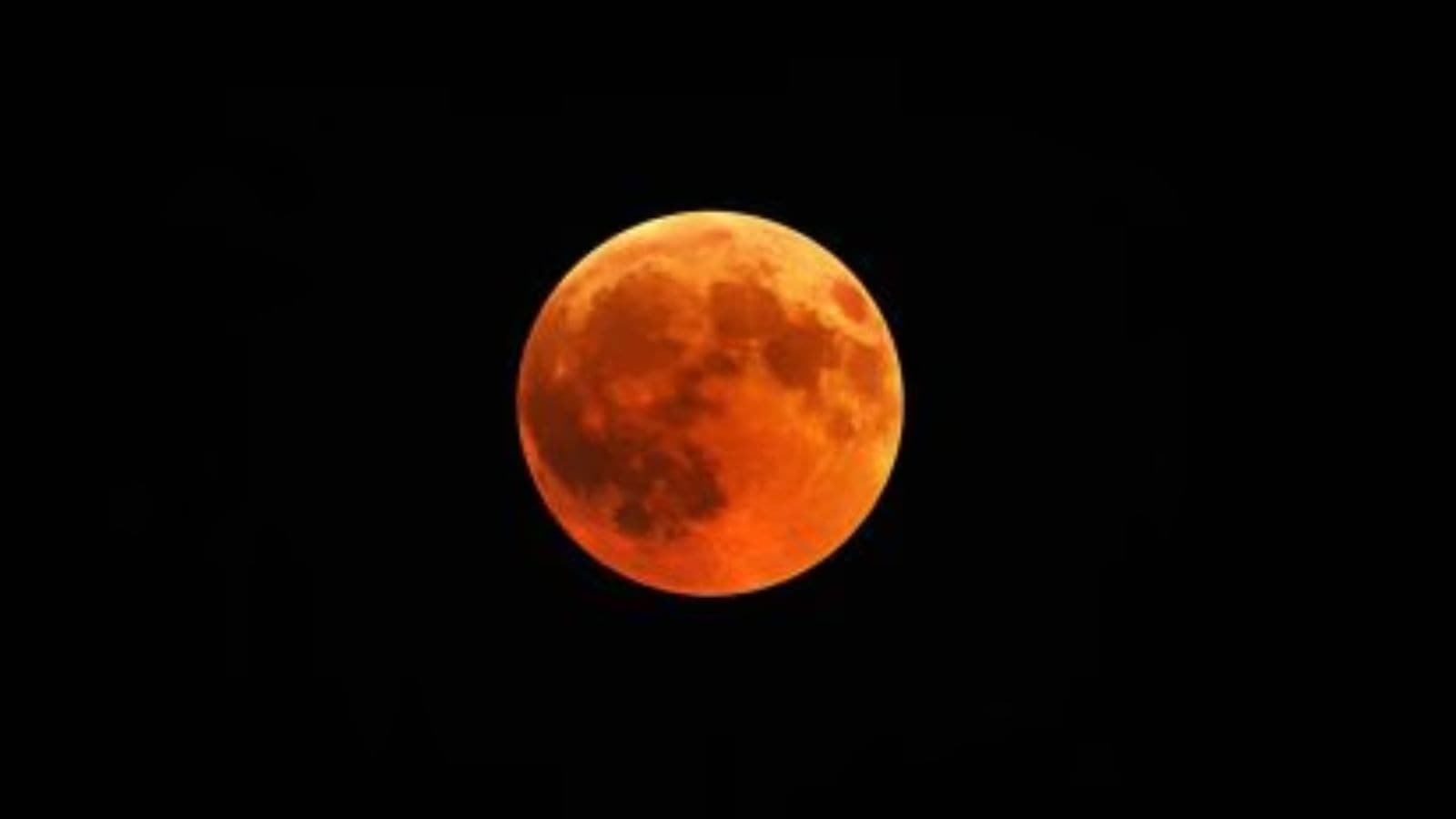The Gujarat Council on Science and Technology (GUJCOST), under the Department of Science and Technology, is organising special sky watching sessions for citizens, students, and sky enthusiasts to witness a Total Lunar Eclipse (Chandra Grahan) on the intervening night of September 7 and 8.
Regional Science Centres (RSCs) at Bhavnagar, Bhuj, Patan, and Rajkot, along with Community Science Centres (CSCs) across the state, will organise special sky-watching sessions, expert talks, and live demonstrations.
The awe-inspiring event, popularly known as the ‘Blood Moon’, will be visible across Gujarat — with the moon bathed in a copper-red glow.
Dr Narottam Sahoo, Advisor at GUJCOST, said, “A lunar eclipse is not just a cosmic event—it is a classroom in the sky. Through our science centres, GUJCOST aims to transform such natural wonders into platforms for learning, inspiring young minds to look up, explore, and embrace the spirit of scientific inquiry.”
These programmes will provide scientific insights into the phenomenon and inspire curiosity about the wonders of the universe among students and the general public.
A total lunar eclipse occurs when Earth comes directly between the Sun and the Moon, casting its shadow over the lunar surface. The reddish tint emerges as Earth’s atmosphere, scatters shorter blue wavelengths of sunlight, allowing only the longer red wavelengths to reach the moon.
Eclipse timeline
Penumbral Eclipse begins: 8:58 pm – subtle shading starts
Umbral Eclipse begins: 9:57 pm – Earth’s shadow clearly visible
Totality begins: 11:01 pm – Moon fully immersed in shadow
Greatest Eclipse: 11:42 pm – peak of the Blood Moon
Totality ends: 12:22 am – one hour and 22 minutes of totality
Umbral Eclipse ends: 2:25 am – Moon exits Earth’s shadow




